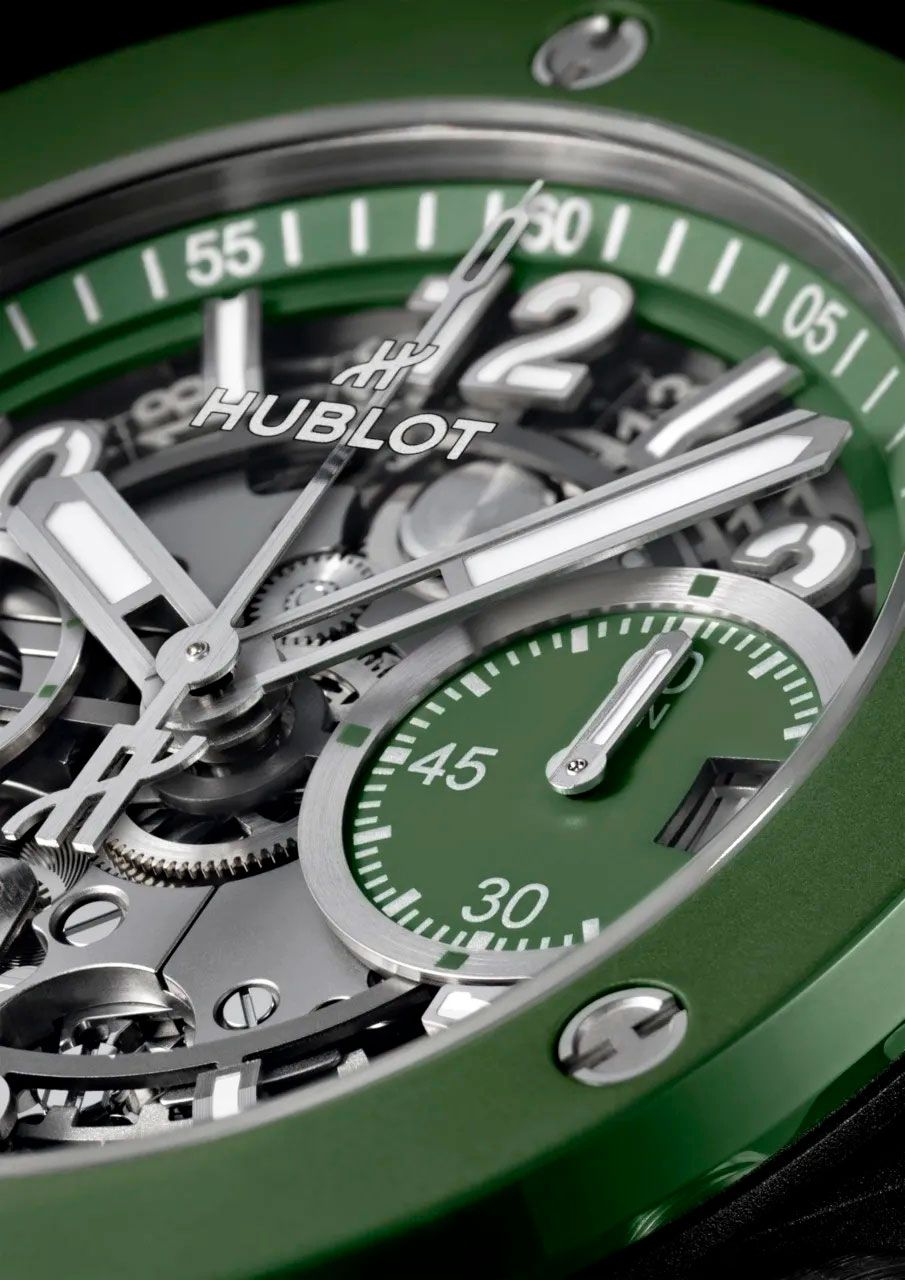Consider the humble cactus. A resident of this planet well before humans emerged, outliving both us and the elements, it’s playing nature’s ultimate version of the long game.
For Adrián López Velarde and Marte Cázarez Duarte, it also might be the spiky secret to solving fashion’s waste problem. After meeting while studying abroad in Taiwan—and bonding over the fact that they had the same birth date—the two men became fast friends. Cázarez Duarte went on to work in fashion, and López Velarde in the automotive space. “We were not happy about all the contamination that we were causing the environment,” Cázarez Duarte says. “We started asking, ‘How can we improve this industry [from within]?’”
The solution turned out to be in their own metaphorical backyards, in their shared home country of Mexico. They decided to develop a cruelty-free, sustainable leather alternative made from prickly pear cacti, which they dubbed Desserto and launched in 2019. The cacti are grown on a ranch they own in the Mexican state of Zacatecas; they use only rainwater to nourish the crops and cut the mature leaves without damaging the plants. The resulting material has found its way into fashion (in collections by Balenciaga, Givenchy, and Hublot, among others—with several still-hush-hush collaborations set to drop this year), as well as automotive projects with Mercedes-Benz and BMW. The brand was a finalist for the 2020 LVMH Innovation Award and was named a Responsible Project of the Year honoree at the inaugural Latin American Fashion Awards this past fall.
Recently, López Velarde and Cázarez Duarte have also become attuned to the properties of agave. The plant is not only a symbol of Mexico—its by-product, tequila, is a huge driver of the country’s economy. When the two first approached tequila producers about using the leftover waste from the liquor-making process, they were met with skepticism. “We said, ‘If we wait for them, we are never going to do this. So why don’t we just do it?’” López Velarde says. They bought 10 tons of waste from a local producer, which López Velarde calls “a little bit of an adventure.” The first truckful of agave by-product came in fully one ton short—and despite being told that it needed to be fresh and clean, “the worker who was loading the truck thought that it would be easy to use the excavator and grab some dirt—raw material from the soil. So when it arrived at our facility, it was full of rocks.” Overcoming that challenging start, they were able to create their first samples, and have since collaborated with tequila brands like Casa Dragones (on a luxury box made with Mexican jewelry label Tane). They launched the agave version of Desserto last year.
Desserto is part of a growing landscape of eco-friendly leather substitutes that includes Piñatex, made from pineapple; Orange Fiber (citrus fruits), and Mylo (mushrooms). Says Cázarez Duarte, “We think that all of them are good options. This is not a competition.”
This article appears in the April 2024 issue of ELLE.


